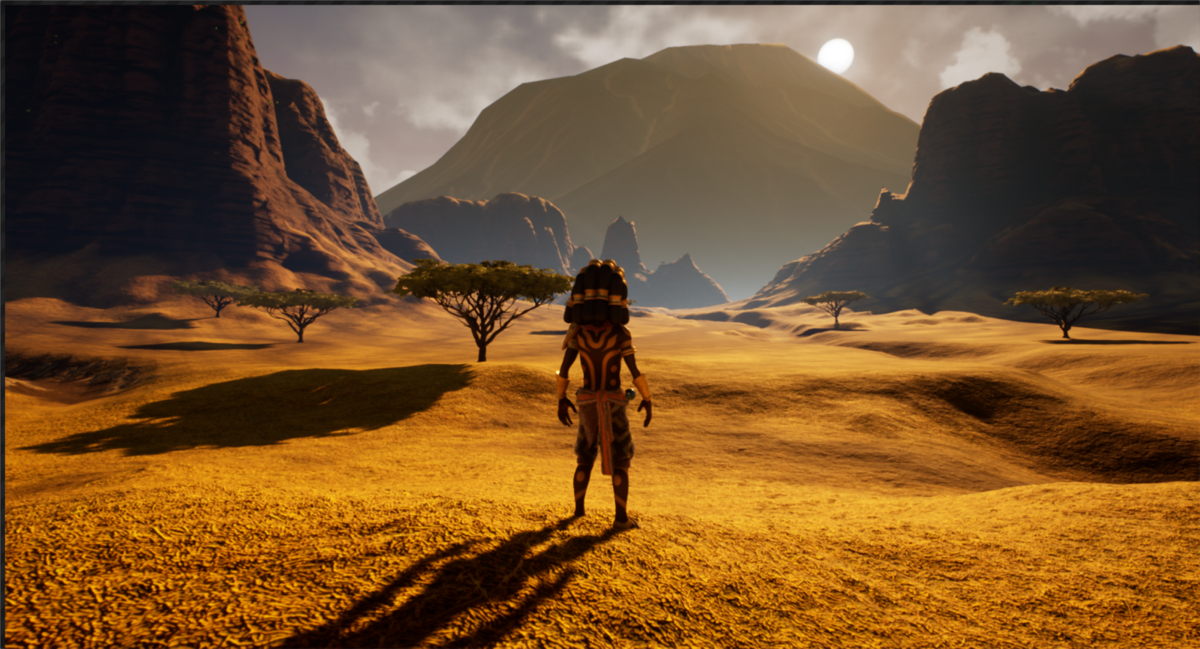Student Club Highlights Interdisciplinary Art of Making Video Games
Computer Science major Luigi Mangione and Digital Media and Design major Josh Nadel lead a group of 60 students who gather weekly to develop video games at Huntsman Hall.

As a high school student, Luigi Mangione’s interest in video games didn’t stop at playing them — he wanted to create them.
“In high school, I started playing a lot of independent games and stuff like that, but I wanted to make my own game, and so I learned how to code,” Mangione, a sophomore from Baltimore, explains. “In my freshman and sophomore years of high school, I learned [on my own] how to program, and that’s why I’m a computer science major now; that’s how I got into it.
“I just really wanted to make games.”
While touring universities as a high school senior, he noticed several had a student-run video game development club. Penn, he realized, did not.
So, true to form, he decided to make one.
After posting in a Class of 2020 Facebook group in Summer 2017, inquiring about other students’ interest in developing games, he received an overwhelming response and, alongside Josh Nadel, decided to book a room at Van Pelt-Dietrich Library Center to brainstorm ideas. Forty people showed up.
“That was the beginning of UPGRADE,” he says. “It wasn’t planned at all.”
Now in its second full year, the University of Pennsylvania Game Research and Development Environment (UPGRADE) consists of about 60 students who show up to a room in Huntsman Hall on Saturdays at 2 p.m. For two hours, they work in groups developing their own video games. Currently, there are four teams working on games, all with different concepts and levels of scale — some designed with 2D pixel art, others with expansive 3D environments. Teams typically work using the Unreal, Java, or Unity engines, largely free tools that give them the means for development that, only a short few years ago, would have been inaccessible to students and the many independent developers churning out popular titles today. These UPGRADE teams funnel into the larger group by delivering short presentations to the larger group about once per month for feedback.
Teams, significantly, tend to consist of people from a variety of backgrounds.
“A lot of people ask us, ‘I don’t code; can I be part of game development?’ And we’re like, ‘Yes, please — we have a lot of programmers, and need people who aren’t,’” Mangione says. “It’s cool because if you think about game development, you have a team of 10, maybe with four programmers, two designers, three artists, a musician, and a writer, all from different majors and parts of the school who can be interested.
“It’s not just computer science engineers.”
Continue reading Brandon Baker’s story “Student Club Highlights Interdisciplinary Art of Making Video Games” at Penn Today.
